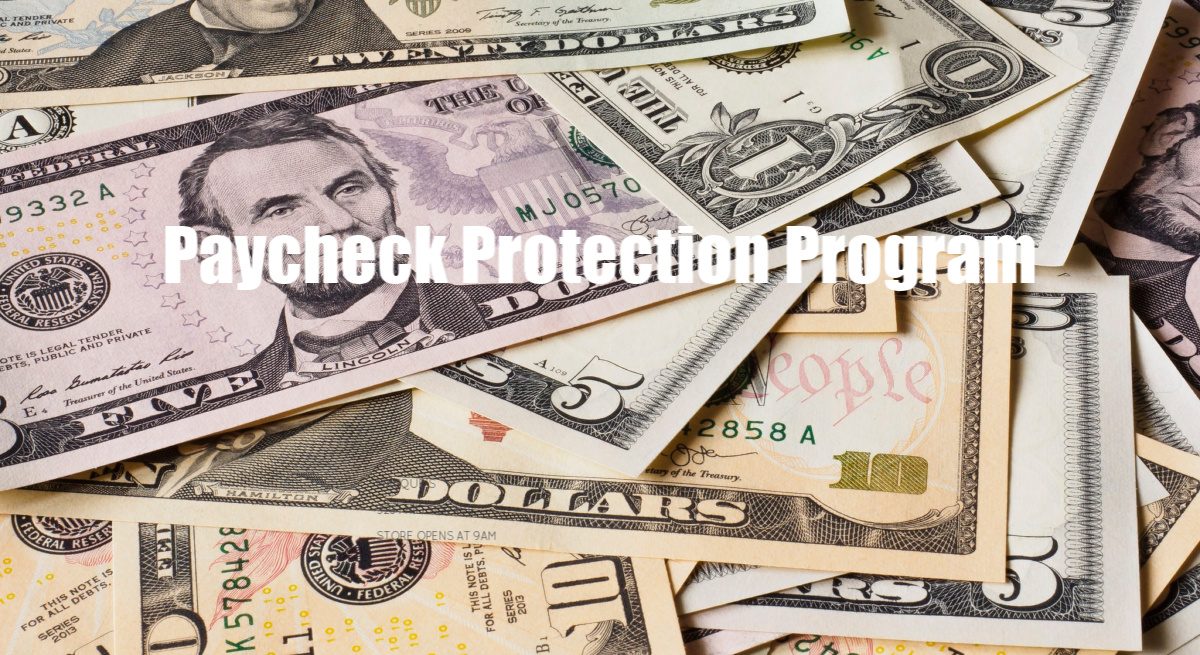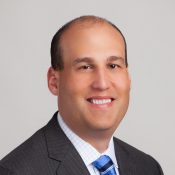Everything Restaurants Have Ever Wanted to Know About the Paycheck Protection Program (PPP)
5 Min Read By Timothy J. Ford, Matthew S. Rheingold
Other than healthcare, the industry most impacted by the coronavirus pandemic is the hospitality and food services industry. Many restaurateurs and others in the industry are being advised to monitor new legislation and figure out if and how the programs apply to their businesses.
When the Paycheck Protection Program (PPP) was established by the Coronavirus Aid, Relief and Economic Security Act (CARES) in late March, there was a sense of some relief in knowing that up to $349 billion in forgivable loans would be available to small businesses to pay their employees during the COVID-19 crisis. However, the first round of PPP funding ran out of funding within days of release on April 3. Congress approved an additional $310 billion for PPP loans in a second round of funding which began on April 27. For restaurants, however, the PPP caused confusion in terms of who could apply and how the loans would be handled. This article will answer the most common questions we have heard in our legal practice from restauranteurs.
What is the PPP?
The PPP stimulus package is a federal loan program administered by the Small Business Administration (SBA) to provide funding for these loans through SBA participating lender banks.
Are restaurants eligible for PPP loans?
Businesses with 500 or fewer employees are eligible for PPP loans. This includes full-time, part-time and temp employees that are working through an agency. In the food service industry, this raises a question as restaurants may, when combined within one company, have more than 500 employees. An exception to the 500 employee or less threshold, however, allows for the loan, provided that each physical location has 500 or fewer employees.
What is the loan amount for which an eligible restaurant can apply?
Businesses may borrow up to 2.5 times their average monthly payroll costs, up to a maximum of $10 million. Payroll costs consist of compensation to employees in the form of salary, wages, commissions, tips, or similar compensation (up to $100,000 per employee on an annualized basis); payment for vacation, parental, family, medical or sick leave; severance payments; payment of employee benefits, including, but not limited to, healthcare coverage (including insurance premiums) and retirement benefits; and payment of state and local taxes assessed on compensation of employees.
For what purposes can a restaurant use the PPP funds?
PPP funds can be used for payroll expenses, rent, utilities, and interest on mortgage obligations. Other than for payroll, these obligations must have existed prior to February 15, 2020.
Does the restaurant owner need to personally guarantee the loan?
No, there is no personal guarantee requirement for the PPP loan.
What portion of the loan is forgivable?
The loan is completely forgivable if the restaurant uses the loan proceeds for allowable expenses (i.e., (payroll, rent, mortgage interest and utilities) during the eight (8) week period that immediately follows disbursement of the loan proceeds. However, at least 75 percent of the loan proceeds must be used towards payroll. The forgivable nature of the loan does have a limitation, in that if the business (i) reduces its employment roll or (ii) employee wages by more than 25 percent, then there is a reduction in the forgivable nature of the loan.
If the employer reduces their headcount by more than ten percent (as compared to a baseline period), then the loan forgiveness is proportionately reduced. For example, if the restaurant reduces its head count by 30 percent, that same percentage will not be forgivable. In addition, if the employer reduces employee wages by more than 25 percent, then there is a dollar-for-dollar reduction in the forgiveness amount. However, for this purpose, any employee who earned wages or salary at an annualized rate of pay in an amount more than $100,000 are not factored into the equation.
Borrowers will have until June 30, 2020 to restore employee headcount and/or wages to avoid the penalty on the forgivable nature of the loan. Businesses with tipped employees described in Section 3(m)(2)(a) of the Fair Labor Standards Act can receive forgiveness for additional wages paid to those employees.
Update: On May 3, the Treasury Department released updated guidance saying an employer will NOT be penalized with reduced PPP loan forgiveness if an employee rejects an offer to return to their job.
What is the repayment obligation for any portion of the loan that is not forgiven?
Any portion of a loan that is not forgiven must be repaid within two years (after a six-month deferral period) at an annual interest rate of one percent.
Will the loan be forgivable if the proceeds are used to pay franchise fees, property taxes, or insurance?
No. Only that portion used for allowable expenses are forgivable.
Are CARES and PPP the same as the recently enacted federal sick leave and family leave laws (FFCRA)?
No. The Families First Coronavirus Response Act (FFCRA), effective April 1, 2020, imposes certain obligations on employers employing 500 or fewer employees. The FFCRA requires employers to provide sick leave of up to 80 hours to employees who become sick with COVID-19, are home caring for family members with COVID-19 or are under a government quarantine. In addition, employees are entitled to up to twelve (12) weeks off to care for minor children in the event that their school is closed. Sick leave is capped at up to $511 a day ($5,110 total) and family leave at $200 a day ($10,000 total). Employers are eligible for 100% tax credits.
Can my business simultaneously receive tax credits for employee sick/family leave and PPP benefits?
No, business cannot take advantage of both acts at the same time. However, businesses are eligible for tax credits for sick/family leave provided before disbursement of the PPP benefits and following the eight (8) week period following loan disbursement.
We had already laid off all or most of our restaurant staff before the PPP went into effect. What would be the recommended course of action with regard to PPP?
The bank loans are forgivable as long as the employer keeps their employees or rehires those laid off. Therefore, the restaurant staff should be rehired as soon as possible at the same compensation that they earned before the layoff.
It is important to note that your workforce is not specific to one particular individual. Instead, as long as you maintain your overall employee count and total payroll costs, you can continue to make business decisions with respect to hiring and firing employees.
How do I prepare to apply for loan forgiveness?
To apply for PPP loan forgiveness, the employer must prove that they have kept their employees on payroll and that the employee’s wages did not decrease during the eight-week period after loan origination. In addition, they must show that they have rehired any employees that were laid off. The employer should organize their payroll and expense documents in order to ensure that they document every dollar spent with the proceeds of the loan. All documentation must be provided to the lender at the end of the eight-week term.
Should the loan payment be placed in the same bank account our restaurant uses now?
If the employer has not received their loan yet, it’s advisable to consider opening a new bank account exclusively for the loan in order to keep the PPP funds separate. The employer can develop a systematic transfer of funds to cover the outlay of weekly authorized costs. If the PPP funds are in a separate account then the employer can precisely track the use of the funds.
Restaurant owners and their staffs provide important services to our communities. It is critical to understand the laws that have been enacted to best protect the restaurant industry, and to be mindful of additional legislation that may apply throughout, and after, the pandemic.



